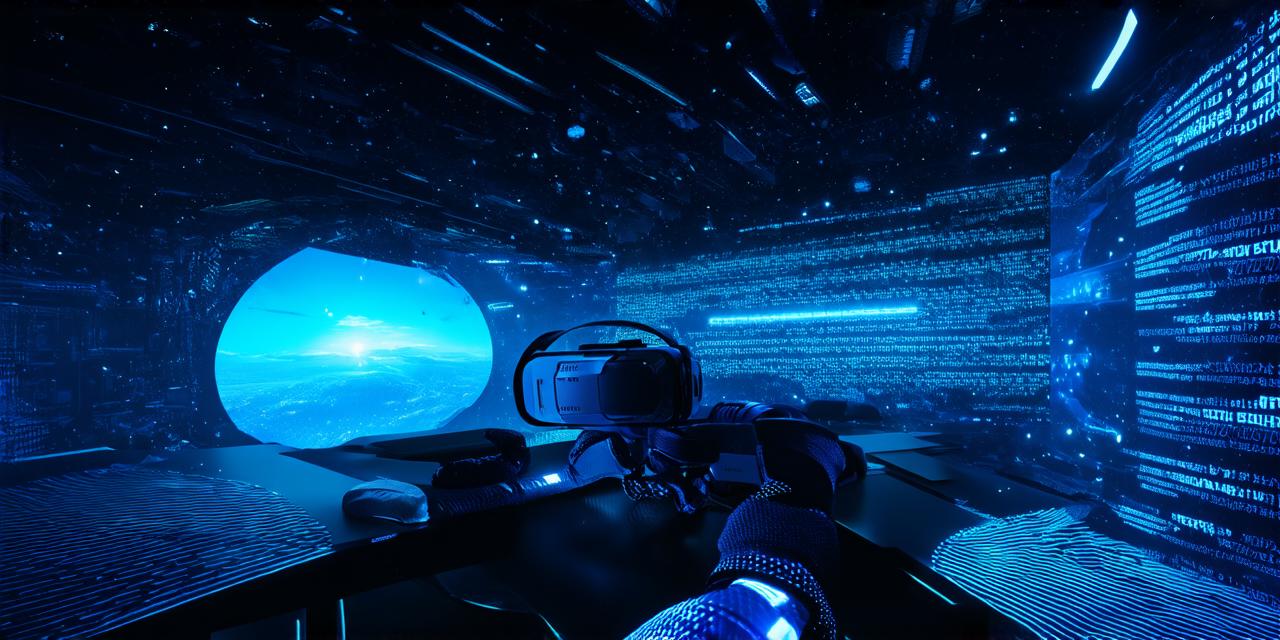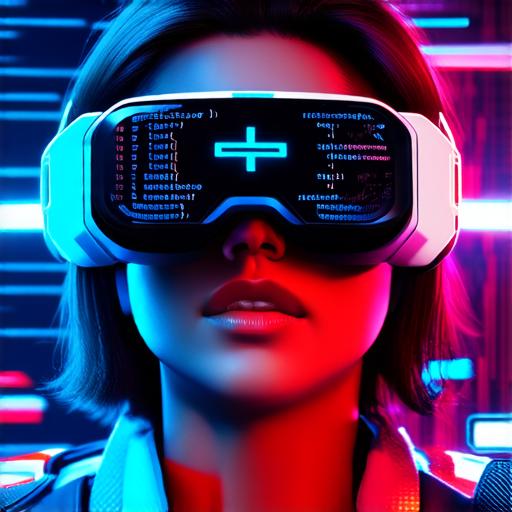
What does experiencing virtual reality feel like?
Virtual reality (VR) is an emerging technology that has gained immense popularity in recent years. It allows users to experience and interact with digital environments as if they were real.

The first thing that strikes users when they put on a VR headset is the feeling of being transported into another world. As the user moves their head, the virtual environment adjusts to match their movements, creating a sense of presence and immersion.
For example, a user might feel as if they are standing on the edge of a cliff, with nothing but open sky around them. The feeling of weightlessness and vastness can be overwhelming, especially for those who have never experienced VR before.
Another aspect of VR that users find particularly engaging is the sense of interaction. With VR, users can reach out and touch virtual objects, manipulate them with their hands, or even use their body as a tool to interact with the environment. This level of interaction creates a sense of realism that sets VR apart from other forms of media, such as movies or video games.
Despite the excitement and engagement that VR offers, there are also some challenges that users may face. One common issue is motion sickness, which can occur when the user’s brain and body are not aligned. This can lead to feelings of disorientation and nausea, which can be particularly problematic for those who are new to VR.
In addition, some users may find the feeling of weightlessness in VR uncomfortable or disorienting, especially if they have a fear of heights or other phobias.
Despite these challenges, many users find that the benefits of experiencing virtual reality far outweigh the drawbacks. The sense of immersion and interaction that VR offers can be highly engaging and even transformative.
For example, a user might use VR to practice public speaking, allowing them to rehearse their presentation in a safe and controlled environment. Or, a user might use VR to explore new cultures or environments, giving them a glimpse into a world they might never have had the chance to experience otherwise.
Virtual reality is also being used for entertainment purposes. For example, users can play virtual reality games that immerse them in a fully interactive environment, allowing them to feel like they are part of the game. VR has also been used to create immersive movie experiences, where users can sit in a virtual theater and watch movies in a way that feels like they are actually there.
Virtual reality is also being used for educational purposes. For example, students can use VR to explore historical events or scientific concepts in a more engaging and interactive way. This can help students to better understand complex topics and make learning more enjoyable.
Overall, virtual reality is an exciting technology that has the potential to transform the way we experience media and interact with the world around us. Despite some challenges, many users find that the benefits of VR far outweigh the drawbacks, making it a powerful tool for education, entertainment, and exploration.
As virtual reality technology continues to evolve, we can expect to see even more innovative uses of this immersive technology in the future. With ongoing advancements in hardware and software, VR will continue to push the boundaries of what is possible and create new opportunities for users to explore and engage with digital environments in ways never before thought possible.


